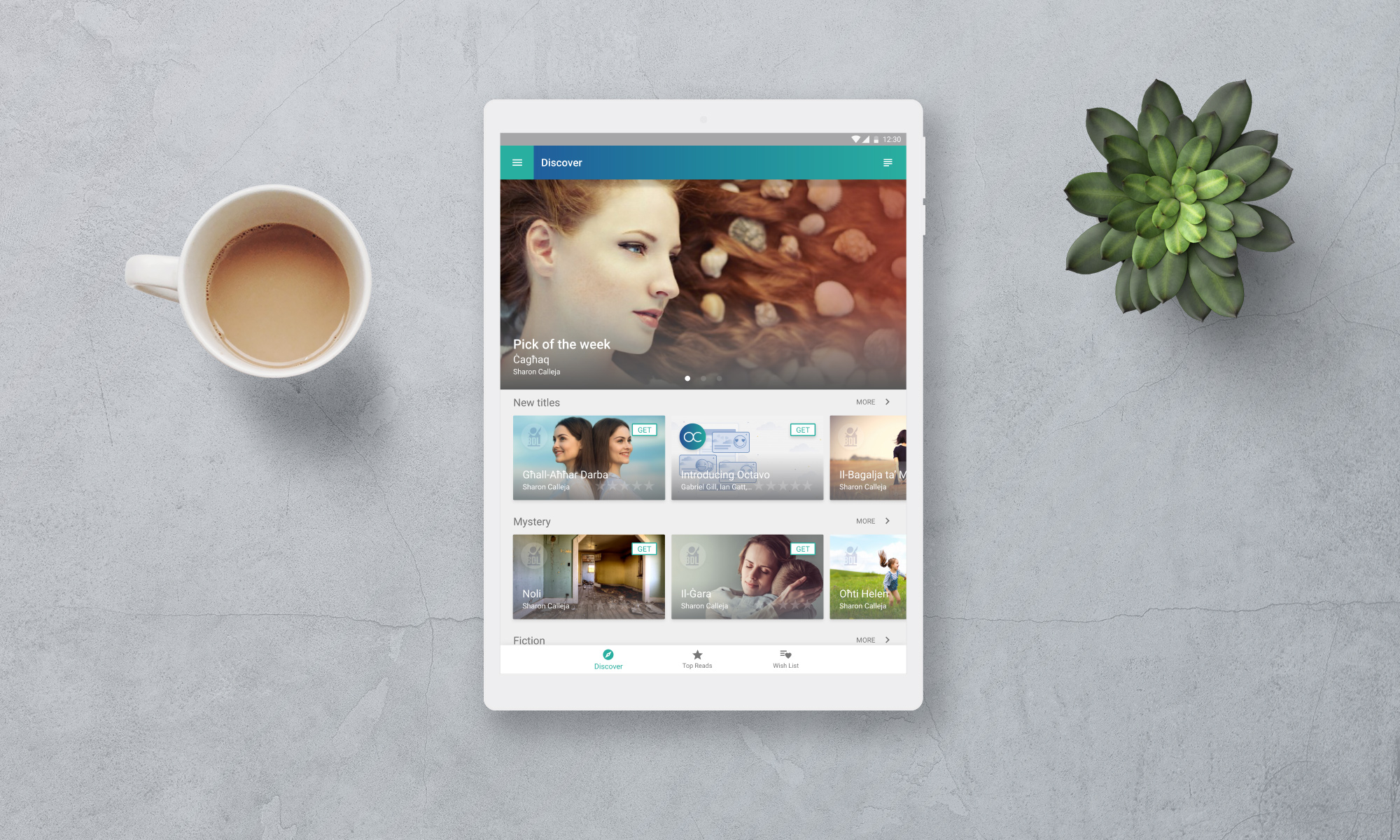With every skill you learn, having a system to follow can help you track your progress and measure your achievements.
And with reading, it’s no different!
Yet, have you ever considered how a levelled reading system can help children learn to read? By following one or more of the reading systems available on Octavo, readers can enhance their learning and easily look up texts through the digital library that are perfectly suited for their current reading level.
So, what are levelled reading systems and who should use them?
Levelled reading systems are guides that provide a clear understanding of the level of difficulty of the content contained within a book. While there are many different levelling systems in use around the world, there isn’t a one-size-fits-all approach to choosing a system.
Levelling systems can be used in conjunction with each other to help teachers and parents find books that are suitable for an individual reader. Rather than restricting readers from accessing more texts beyond their own level, reading systems are designed to actually motivate them to find types of books that will help them grow.
If a reader gets excited about a particular topic, reading more complex texts may be a sign that they are ready to expand their knowledge! In this case, readers can try reading texts within the next level of the reading system and adjust their levels accordingly.
Remember, reading levels are not set in stone. They are simply there to guide you!
What Reading Systems are available on Octavo’s Collections?
School Grading Systems (U.K. and U.S.)
Some of the oBooks on Octavo are divided based on school grading systems, from Reception to Year 13 (U.K. School Grading System) and from 1st Grade to 12th Grade (U.S. School Grading System). Using either of these two levelling systems, teachers can match their students with suitable texts according to the grade or year that they are teaching, such as in the Smithsonian STEAM Readers collection.
Extract from The Culture of Calendars, a UK Year 4 level oBook published by Teacher Created Materials.
The Lexile Framework® for Reading:
The Lexile framework is a numbered levelling system that helps teachers measure the difficulty of a book and match texts to individual students’ reading abilities. Using a numerical filter, a book is assigned a difficulty level according to the Lexile scale, based on factors such as sentence length and vocabulary.
The Lexile framework also provides codes that give insight into the type of content within the book and the appropriate age group that it is suitable for.
Extract from a Bunny’s Magic Day, a ‘Beginner Reader’ level oBook published by Teacher Created Materials
These codes include:
- NP (Non-Prose): texts that don’t follow standard book structures eg. poems, plays, songs and recipes.
- BR (Beginner Reader): texts that are suitable for new readers
- GN (Graphic Novel): Graphic novels and comic books
- IG (Illustrated Guide): Nonfiction materials, usually used for reference
- HL (High-Low): Texts for older students needing content that is less complex and at a lower reading level
- NC (Non-Conforming): Age-appropriate content for high-ability readers
- AD (Adult Directed): Suitable to be read aloud to a student rather than for independent reading.
Collections that follow this framework include Time for Kids, Fiction Readers, and STEAM Readers Collection.
Maltese Reading Systems
The Maltese collections available on Octavo follow two reading systems developed specifically for the series. The Qadfa ‘l Fuq reading system was developed for the Qari għal Qalbi series, which encourages a love for reading in Maltese among children.
The Sensiela Fanali reading system consists of 5 levels designed to help young readers learn Maltese phonics to build a solid foundation for their language skills to flourish.
Common European Framework of Reference
The CEFR levelled reading system is used to help guide learners of any European language by providing a measure for language skills and competence. The Maltese for Foreigners collection, available on Octavo, follows this reading system to help readers acquire the knowledge they need to learn a new language.
How to Check what Reading System an oBook or Collection follows:
If you’re looking to create a levelled reading list that will help your children or students progress from easier to more difficult texts gradually, take a look at Octavo’s existing collections. Each collection follows one or more reading systems to help you find the right reading level.
At a glance: On the Collections page, you can see how many reading systems are used within each collection, plus how many levels of difficulty the collections span.
When clicking on an individual book, the reading systems that it follows – as well as the level it is given within each system – will be displayed at the bottom of the page.
You can also filter books marked by a specific level within your library when choosing your next read, or search the Octavo database for more books on a specific level through the discovery section!
The Octavo platform includes over 900 levelled oBooks available to read or purchase, as well as suggestions for reading instruction, comprehension exercises, supporting materials, and teaching tips.
Have you got any questions about Octavo’s levelled reading collections? Get in touch at support@octavo.app or log-in to your account to start reading!


4 Replies to “Understanding Levelled Reading Systems with Octavo”